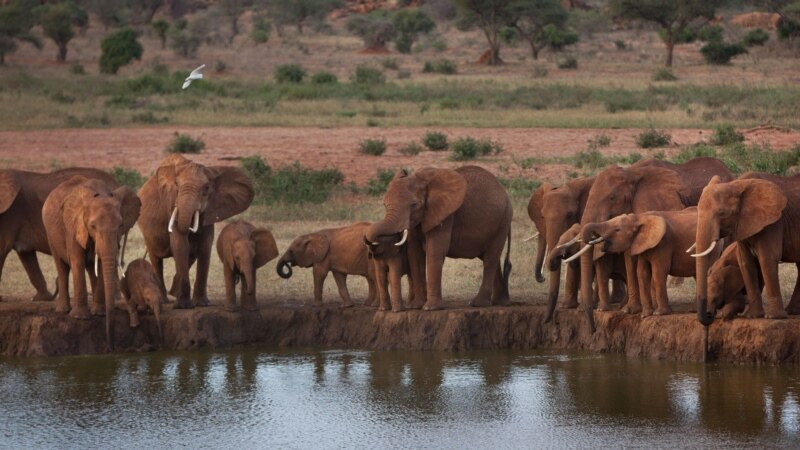
Human-wildlife conflicts are increasing among Kenyan communities near Tsavo National Park, affecting their livelihoods and incomes. Communities near the park complain of animal attacks and crop damage, exacerbating poverty. Kenya Five is helping affected communities reduce conflict, in part by introducing alternative crops that animals are less likely to eat.
In mid-2023, Kenya’s Ministry of Tourism and Wildlife paid out $6.2 million in compensation to victims of human-wildlife conflicts, covering deaths, injuries, and crop and livestock losses.
According to the Kenya Wildlife Service, the government faces more than $39 million in additional outstanding claims due to human-wildlife conflicts.
Obadia Mwakireti, a farmer in Taita Taveta County, lost his maize and sorghum crops to elephants and other animals in Tsavo National Park. To survive, the 52-year-old farmer turned to alternative crops.
“I lost a lot of money growing these other crops and we got nothing but compensation. [told] Sorry,” Mwakireti said. “But it’s better now and I’m growing sunflowers. I harvest, press the oil and sell it. “
Other farmers began planting sunflowers and mung beans and planting thick apple hedges around their fields to keep animals at bay.
Kenya’s population growth is exacerbating human-wildlife conflicts, which are exacerbated by a lack of comprehensive land-use policies.
Kenya Five, in partnership with USAID, has launched a project to support communities near Tsavo National Park.
The organization’s director, Peter Mghendi, said the group was targeting people in Kitui, Makueni and Taita-Taveta counties, with projects aimed at reducing the risk of communities interacting with wildlife. tensions between people and improve people’s incomes.
Mghendi said the group was targeting the 3,600 members of the thriving savings and credit association and those involved in climate-smart farming.
“They will also be linked to the markets they belong to,” he added. “Their leadership is part of the Tsavo Conservation Area and contributes to conservation policy matters.”
Philip Muruti, vice president of conservation science and planning at the African Wildlife Foundation, said there is an urgent need to manage conflicts between communities and animals.
“The question is how can we actively coexist with wildlife? I think that, although this is a significant issue, the battle is not lost,” he said. “We have to consciously manage wildlife. … There are many mechanisms that can be applied, including land use planning, compensation. There are better livestock techniques, better farming systems.”
For communities living near national parks, reducing human-wildlife conflicts is critical. According to available data, 388 Kenyans were killed by wild animals between 2017 and 2020, and nearly 2,100 were injured.
Follow us on Google news ,Twitter , and Join Whatsapp Group of thelocalreport.in
















